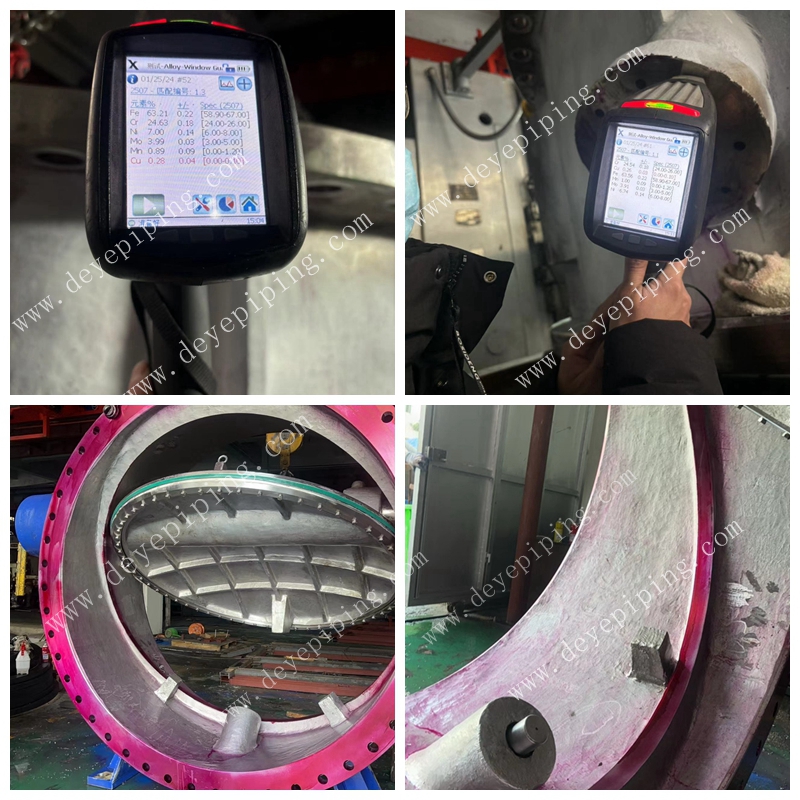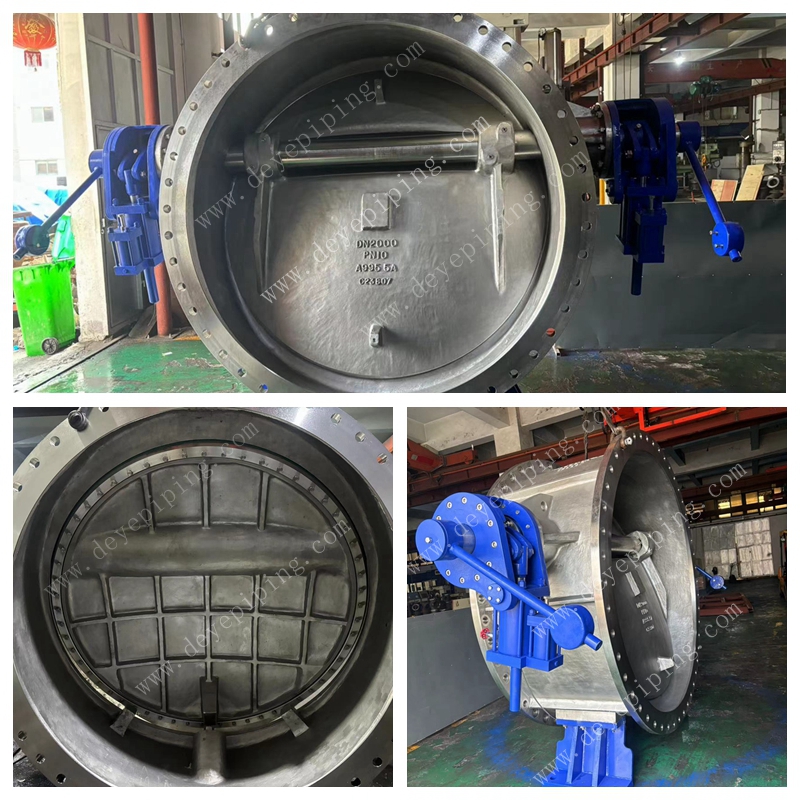The Tilted Disc Check Valve is an excellent choice for raw water, cooling water and treated water/wastewater applications. Its streamlined body contouring, flow area 40% greater than nominal pipe size and hydrodynamic disc combine to provide the lowest head loss of any check valve produced today.
When tilting disc check valves are used for sea water or process water, the duplex SS material is a best choice to improve its performance.
The material of duplex stainless steel detailed specification as below.
CE3MN(SS2507) Super Duplex Stainless Steel
CE3MN (UNS S32750), is super duplex stainless steel, with greater corrosive resistance than standard Ss2205and 18-8 Cr-Ni and 18-14-2/18-14-3 Cr-Ni-Mo stainless steel parts, mainly used for service in corrosive conditions.
Casting Material Standard: ASTM A890 and ASTM A995 Grade 5A: Type 25Cr-7Ni-Mo-N; Casting UNSJ93404; ACI CE3MN;
Other similar Metal grade in different application’s A789 /ASTM A790/ASTM A276:
Wrought UNs S32750; Wrought grade ss2507.A182 F53
EN: X2CrNiMoN 25-7-4: WNr 1.4410:
AFNOR Z5CND20.12M
ASTM A890/890M Standard Specification for Castings, lron-Chromium-Nickel-Molybdenum Corrosion-Resistant, Duplex (Austenitic/Ferritic) for General Applications A995/995M Standard Specification for Castings, Austenitic-Ferritic (Duplex) Stainless Steel, for Pressure-Containing Parts
CE3MN Heat treatment process:
Heat to 2050°F [1120°C] minimum, hold for sufficient time to heat casting to temperature, furnace cool to1910°F [1045°C] minimum, quench in water or rapid cool by other means.
Hardness ≤HB300(HRC32
Dye penetrant inspection is kind of NDT test. It is specifically used to locate surface defects, such as cracks, surface porosity and leaks in metals. It is based on the ability of a liquid to be drawn into a flaw by capillary action
During the test process, the component is dipped in a penetrant liquid. This is left to soak in for up to 30 minutes. Any excess penetrant is then removed before a white developer is applied. This developer helps to draw penetrant from defects onto the surface and reveal any flaws – a process known as ‘bleed out’.
After a short time, the component is inspected under ultraviolet light. Any imperfections will fluoresce brightly in this light.
Post time: Feb-23-2024


